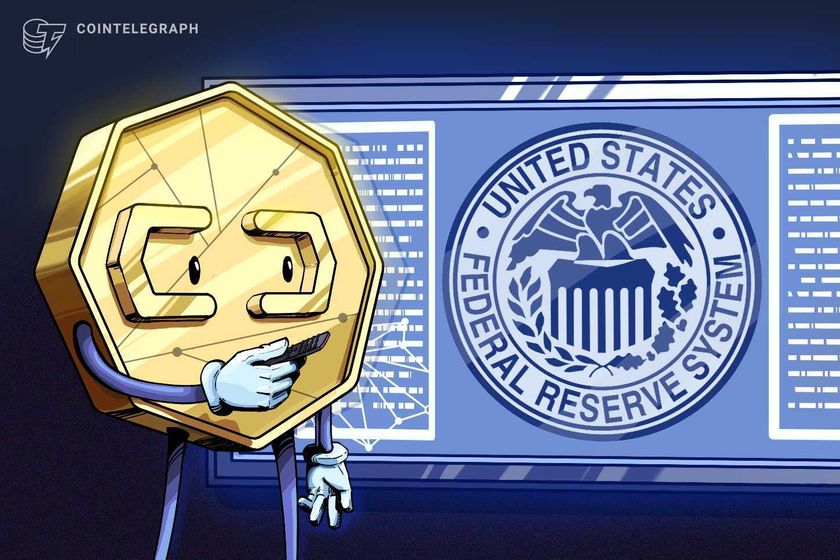What Is the Fate of Altcoin ETFs Without BlackRock Presence?
In this year alone, Bitcoin BTC $115 209 24h volatility: 0.2% Market cap: $2.30 T Vol. 24h: $54.71 B Exchange Traded Funds (ETFs) have recorded net inflows of $26.9 billion, per K33 Research.
Out of this massive flow, top asset management firm BlackRock accounted for a total of $28.1 billion, covering the losses from other issuers, including Grayscale Investments.
This outlook has prompted the question, “What is the fate of altcoin ETFs without BlackRock’s presence?”
BlackRock Bitcoin and Ethereum ETFs Take Front Row
Even though Bitcoin ETFs recorded $26.9 billion in net inflows this year, it is obvious that BlackRock contributed the major percentage of this value.
Precisely, the BlackRock iShares Bitcoin Trust ETF (IBIT) rakes in $28.1 billion in inflows. This shows that without this fund, Bitcoin ETF flows would be negative.
The same positive trend was seen around the BlackRock iShares Ethereum Trust ETF (ETHA), as it dominated inflows on several occasions.
Unfortunately, BlackRock has decided to stay out of the current altcoin ETF wave that is now gaining traction.
21Shares, Canary Capital, Fidelity, and many other asset managers have all filed for one or an altcoin ETF with the United States Securities and Exchange Commission (SEC) in the last year.
Unlike these firms, BlackRock has not pursued a similar filing. Given the strong performance of the first two crypto ETFs, the upcoming funds may face challenges in achieving the same level of traction.
In other words, their overall inflows could be limited, despite the massive hype trailing their respective listings.
Altcoin ETFs Awaiting SEC Decision
In mid-October, VanEck filed for the Lido Staked Ethereum ETF with the US SEC. Just a week before this filing, it filed a statutory trust registration for the same Ethereum ETF in Delaware.
This fund is designed to track spot Lido Staked ETH (stETH) prices based on MarketVector’s LDO Staked Ethereum Benchmark Rate index.
Back in August, Bitwise Asset Management submitted an S-1 filing to the US SEC to launch a spot Chainlink ETF to track the price of LINK LINK $18.49 24h volatility: 0.7% Market cap: $12.86 B Vol. 24h: $780.56 M .
Details in the filing suggest standard creation and redemption mechanisms, noting that the trust can process both in-kind and cash transactions.
It intends to utilize a “Trust-Directed Trade” system managed by the prime execution agent to achieve this. Interestingly, these altcoin ETFs are waiting for a green light from the SEC.
nextThe post What Is the Fate of Altcoin ETFs Without BlackRock Presence? appeared first on Coinspeaker.
You May Also Like

Federal Reserve expected to slash rates today, here's how it may impact crypto
Market participants are eagerly anticipating at least a 25 basis point (BPS) interest rate cut from the Federal Reserve on Wednesday. The Federal Reserve, the central bank of the United States, is expected to begin slashing interest rates on Wednesday, with analysts expecting a 25 basis point (BPS) cut and a boost to risk asset prices in the long term.Crypto prices are strongly correlated with liquidity cycles, Coin Bureau founder and market analyst Nic Puckrin said. However, while lower interest rates tend to raise asset prices long-term, Puckrin warned of a short-term price correction. “The main risk is that the move is already priced in, Puckrin said, adding, “hope is high and there’s a big chance of a ‘sell the news’ pullback. When that happens, speculative corners, memecoins in particular, are most vulnerable.”Read more

Shiba Inu’s (SHIB) Price Prediction for 2025 Points to 4x Growth, But Mutuum Finance (MUTM) Looks Set for 50x Returns
